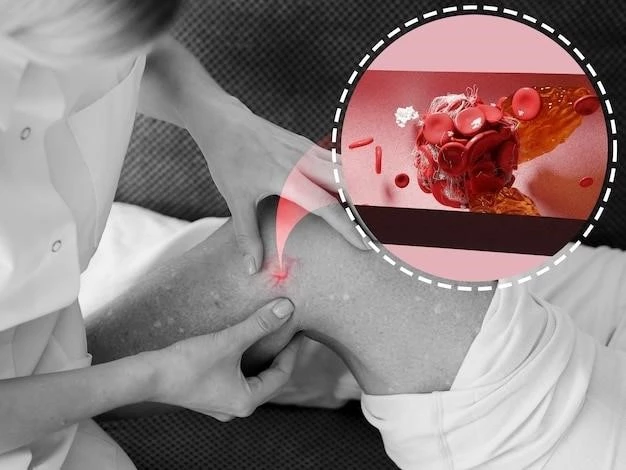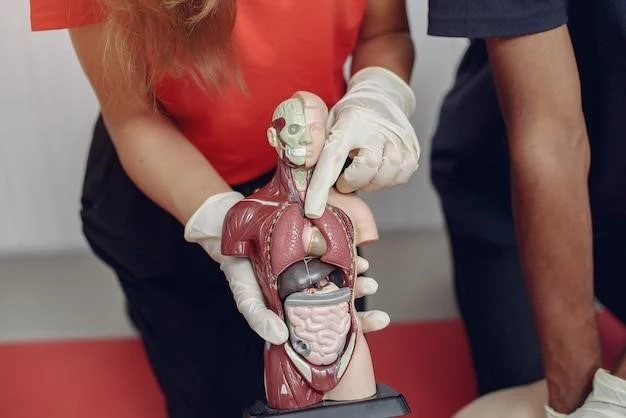Introduction
Angiolipomas appear as multiple small subcutaneous nodules, often tender and commonly found on the forearm. They are a rare variant of lipoma with increased vascularity.
Angiolipomas are rare benign tumors composed of mature fatty tissue and abnormal blood vessels. They manifest as small, tender subcutaneous nodules, with increased vascularity compared to typical lipomas. While they can occur as single entities, they often present as multiple lesions. Familial angiolipomatosis, a related condition, showcases a hereditary pattern of multiple subcutaneous tumors within families. Hormonal influences and genetic factors may contribute to the development of angiolipomas.
Clinical Presentation
Angiolipomas are characterized by multiple small subcutaneous nodules, often tender to the touch. They commonly appear on the forearm, with enhanced vascularity compared to typical lipomas.
Characteristics of Angiolipomas
Angiolipomas typically manifest as small (<2cm) subcutaneous nodules, often tender to touch, with a higher vascularity compared to conventional lipomas. These growths can be singular or multiple, commonly found on the forearm, and may require minor surgery for removal, especially if causing discomfort.
Definition and Overview
Angiolipomas consist of fatty tissue and abnormal blood vessels, appearing as subcutaneous nodules with enhanced vascularity. They commonly present as multiple lesions on the forearm.
Importance of Histopathological Examination
Due to the similarities between angiolipomas and lipomas, histopathological examination is crucial for an accurate diagnosis. This examination helps differentiate between the two and determine the appropriate treatment plan based on the specific characteristics of the angiolipoma.
Diagnosis
Angiolipomas are typically diagnosed based on clinical examination and may require histopathological evaluation for accurate identification due to similarities with lipomas.
Options for Managing Angiolipomas
Treatment for angiolipomas may not always be necessary, although minor surgery is an option for removal if deemed appropriate. Unlike lipomas, these growths are more likely to be painful and contain a higher density of blood vessels.
Genetic Factors
Genetic predisposition and hormonal influences may play a role in the development of angiolipomas. Those with a family history or hormonal changes are more susceptible to these subcutaneous growths.
Inheritance Patterns and Hormonal Influence
Genetic factors may contribute to the development of angiolipomas, with hormonal changes post-puberty also potentially influencing their occurrence. Familial angiolipomatosis can demonstrate autosomal-recessive inheritance patterns with a predisposition to multiple subcutaneous tumors within families.

Associated Conditions
Angiolipomas may be associated with Familial Angiolipomatosis, a rare condition characterized by multiple subcutaneous tumors with an autosomal-recessive transmission pattern.
Familial Angiolipomatosis and Infantile Myofibromatosis
Familial angiolipomatosis, characterized by multiple subcutaneous tumors and an autosomal-recessive pattern, can be linked to a family history of similar lesions. Infantile myofibromatosis, a rare disorder, presents with multiple fibromatosis tumors in various tissues, appearing in infancy or early childhood.
Research and Studies
Angiolipomas are often small subcutaneous nodules, sometimes tender, commonly found on the forearm as multiple lesions. Minor surgery may be an option for removal.
Current Findings on Angiolipomas
Angiolipomas typically present as small subcutaneous nodules, commonly found on the forearm, often tender to touch, and may require minor surgery for removal if causing discomfort. They are differentiated from lipomas by their increased vascularity and potential pain.
Complications
Angiolipomas, while generally benign, can cause discomfort due to their vascularity and tenderness. Surgery may be required for removal in case of pain or aesthetic concerns.
Potential Risks and Implications
Angiolipomas, while generally benign, can develop in individuals with a familial predisposition or hormonal changes, potentially causing discomfort due to increased vascularity and tenderness. Surgical intervention may be necessary for symptomatic relief or cosmetic purposes.
Prevention
While there are no specific preventive measures for angiolipomas, early detection through clinical evaluation can help in timely management and potential surgical intervention if needed.
Strategies to Reduce the Risk of Angiolipomas
While there are no specific preventive measures for angiolipomas, regular medical check-ups can aid in early detection and potential management if necessary, reducing the likelihood of complications.

Outlook
Angiolipomas, while generally benign, can be managed effectively through early detection and, if necessary, minor surgical intervention for symptomatic relief and potential aesthetic improvement.
Prognosis and Long-Term Management
Angiolipomas generally have a good prognosis with low recurrence rates. Long-term management includes regular monitoring for any changes in size, consistency, or symptoms, with surgical intervention considered if necessary for relief or cosmetic reasons;
